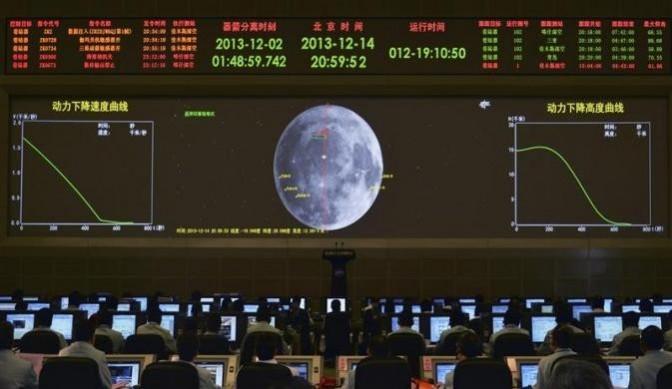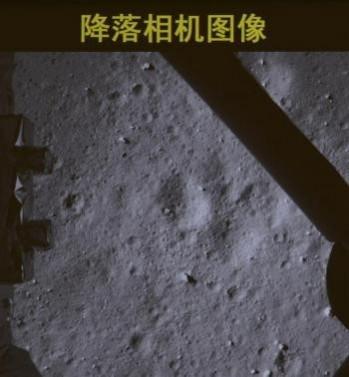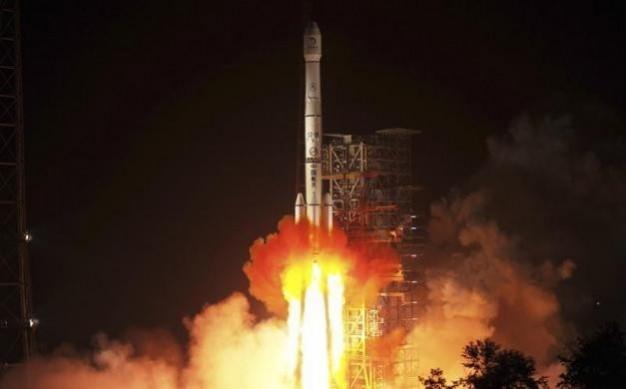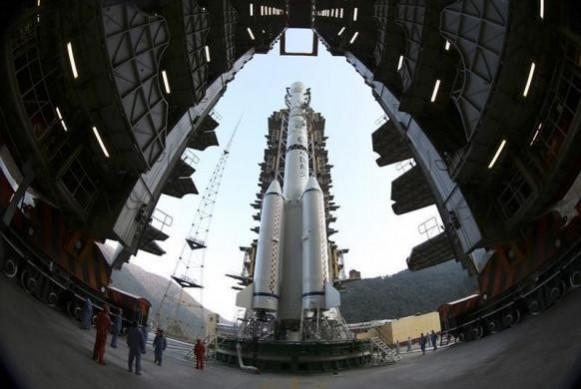China successfully soft-landed it's lunar probe Chang'e-3 on the moon on Saturday night, becoming the third country to accomplish such a feat after the US and former Soviet Union.

"The lunar probe began to carry out soft-landing on the moon at 9 p.m. Saturday and touched down in Sinus Iridum, or the Bay of Rainbows, 11 minutes later, according to Beijing Aerospace Control Center," reported the state-owned Xinhua news agency.

During the soft-landing, China's lunar probe decelerated from 15 km above the moon, hovered 100 metres from the surface 'to use sensors to assess the landing area to avoid obstacles' and descended slowly after locating the final landing spot.
"The dream for lunar exploration once again lights up the China Dream," the news agency said in a commentary.

Chang'e 3, named after a mythical Chinese goddess who flew to the moon, has been carrying the solar-powered Yutu, or Jade Rabbit buggy, which will be used to dig and conduct geological surveys.

Chinese scientists instantly drew comparisons with the 13 'soft-landings' by the US and former Soviet Union saying that the 'suspension and obstacle-avoiding phases to survey the landing area' of China's lunar probe were designed with much more precision.
With its unmanned mission to land on the lunar surface, China has demonstrated its ability to engage in sophisticated space endeavours.
According to a Reuters report, the country is gearing up to develop its own satellite system to rival the US GPS system.














